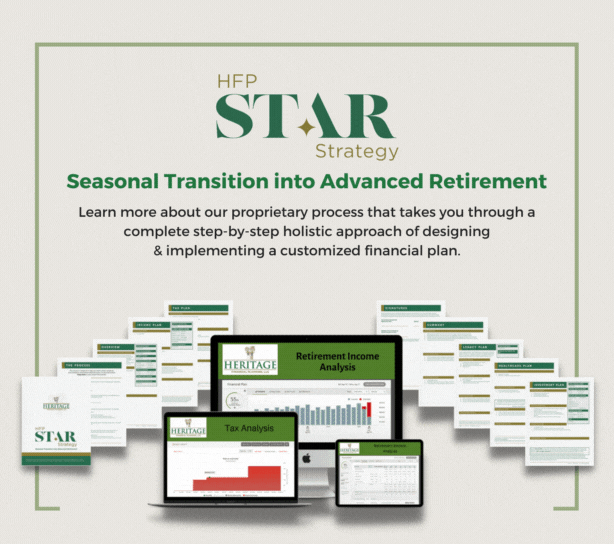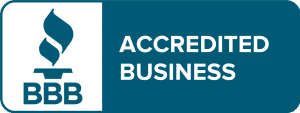RMDs Aren’t Optional—And Ignoring Them Can Be Costly
Once you reach a certain age in retirement, the IRS requires you to begin withdrawing a minimum amount from your traditional IRAs and employer-sponsored retirement plans like 401(k)s. These Required Minimum Distributions (RMDs) are mandatory—and if you miss one, the penalty can be steep.
RMDs are often overlooked in early retirement planning, but they can dramatically affect your taxes, your Medicare premiums, and the longevity of your savings. Understanding how they work—and how to manage them wisely—can help you avoid surprises later on.
When Do RMDs Start?
As of 2024, RMDs must begin by April 1 of the year after you turn 73. However, delaying that first withdrawal until the following year means you’ll have to take two RMDs in one year—which could bump you into a higher tax bracket.
After the first year, RMDs must be taken annually by December 31. The amount is based on your account balance at the end of the previous year and a life expectancy factor provided by the IRS.
RMDs apply to:
- Traditional IRAs
- SEP IRAs and SIMPLE IRAs
- 401(k)s and other qualified plans
- Inherited IRAs (with different rules for beneficiaries)
They do not apply to Roth IRAs (unless inherited) or Health Savings Accounts.
Why RMDs Can Create Tax Surprises
The biggest issue with RMDs isn’t the withdrawal itself—it’s the tax impact. RMDs are treated as ordinary income, which means:
- They can push you into a higher tax bracket
- They may cause up to 85% of your Social Security to become taxable
- They could increase your Medicare premiums due to IRMAA thresholds
For retirees who don’t need the income, RMDs can feel like a forced tax hit. But with some planning, you can lessen the blow.
Smart Strategies to Manage RMDs Proactively
You don’t have to wait until age 73 to think about RMDs. There are several planning strategies that can help reduce future RMDs and their tax consequences:
- Roth Conversions Before RMD Age: Converting a portion of your traditional IRA to a Roth IRA can reduce the size of your RMDs later—and provide tax-free income in retirement.
- Qualified Charitable Distributions (QCDs): If you’re 70½ or older, you can donate up to $100,000 per year directly from your IRA to a qualified charity. This counts toward your RMD and is excluded from taxable income.
- Asset Location Planning: Strategically deciding which assets to place in which accounts (taxable vs. tax-deferred) can help you manage both growth and future tax exposure.
Don’t Let RMDs Disrupt Your Retirement Strategy
RMDs may be mandatory, but the way you handle them doesn’t have to be reactive. With thoughtful planning, you can minimize their tax impact and integrate them into your broader income and withdrawal strategy.
The earlier you prepare, the more flexibility and control you’ll have over your income, taxes, and legacy.
Let Us Help You Get Ahead of RMD Surprises
At Heritage Financial Planning, our HFP S.T.A.R. Strategy (Seasonal Transition into Advanced Retirement) includes RMD modeling, Roth conversion planning, and tax-smart withdrawal strategies to help you avoid common pitfalls. Whether you’re approaching age 73 or planning ahead in your 60s, we’ll help you build a strategy that makes your required distributions work for you—not against you.
Schedule your RMD strategy session today and retire with clarity, not confusion.

Click here to learn more about our HFP STAR Strategy process.
Sources:
- IRS: Required Minimum Distributions – https://www.irs.gov
- Fidelity: RMD Rules and Calculations – https://www.fidelity.com
- AARP: Managing Your RMD – https://www.aarp.org
- Heritage Financial Planning: https://heritagefinancialplanning.net/about/heritage-financial-star-strategy/












